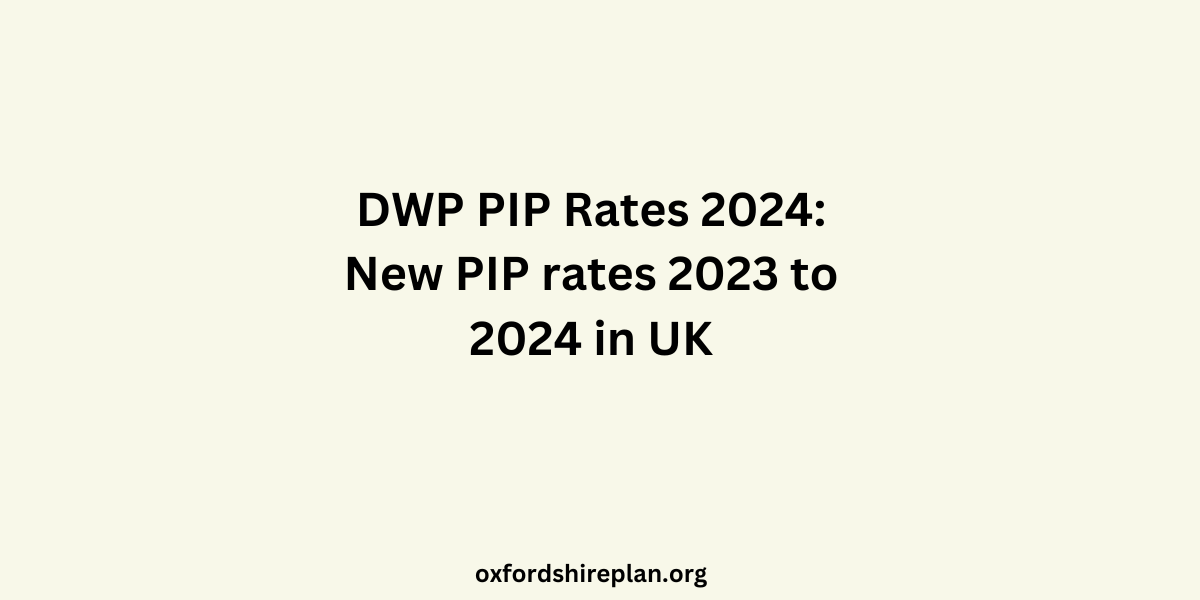When it comes to managing debt, one of the most effective strategies is to transfer your balance to a credit card with a 0% introductory APR. This can save you hundreds of dollars in interest charges and help you pay off your debt exponentially faster.
This article will tell you everything about the best balance transfer credit cards of June 2024, highlighting their features, benefits, and drawbacks.
Contents
What are Balance Transfer Cards
Before we dive into the best balance transfer credit cards, it’s important to understand how they work. A balance transfer card is a type of credit card that allows you to transfer an existing balance from another credit card to the new card.
The new card typically offers a 0% introductory APR for a specified period, usually ranging from 6 to 21 months. During this period, you won’t incur any interest charges on your transferred balance. However, you’ll still need to make minimum payments to avoid late fees and penalties.
What are the benefits of Balance Transfer Cards
Balance transfer cards offer several benefits that can help you manage your debt more effectively. For starters, they can save you money on interest charges. If you have a high-interest credit card with a balance of $5,000, for example, transferring it to a 0% introductory APR card can save you hundreds of dollars in interest charges.
ALso, balance transfer cards can help you pay off your debt faster by allowing you to focus on paying off the principal amount rather than interest charges.
Best balance transfer credit cards of June 2024
After researching and comparing various balance transfer cards, we’ve identified the top cards for June 2024. Here are our top picks:
- U.S. Bank Visa Platinum Card: This card offers a 0% introductory APR for 18 months on balance transfers, with a 3% balance transfer fee. It also has a $0 annual fee and a credit score requirement of 0%.
- Chase Freedom Flex℠: This card offers a 0% introductory APR for 15 months on balance transfers, with a 3% balance transfer fee. It also has a $0 annual fee and a credit score requirement of 670.
- PenFed Gold Card: This card offers a 0% introductory APR for 15 months on balance transfers, with a 3% balance transfer fee. It also has a $0 annual fee and a credit score requirement of 670.
How to Choose the Right Balance Transfer Card
Choosing the right balance transfer card can be overwhelming, especially with so many options available. Here are some tips to help you make the right choice:
- Look for a card with a 0% introductory APR that aligns with your debt repayment goals. A longer introductory period can save you more money on interest charges.
- Some cards may charge a balance transfer fee, which can range from 3% to 5% of the transferred amount. Choose a card with a lower or no balance transfer fee.
- Make sure you meet the credit score requirement for the card you’re interested in. A higher credit score may be required for some cards.
- Some cards may have an annual fee, which can range from $0 to $100. Choose a card with a lower or no annual fee.
Tips for Using Balance Transfer Cards
To get the most out of your balance transfer card, follow these tips:
- Pay your balance in full each month to avoid interest charges and late fees.
- Paying more than the minimum payment can help you pay off your debt faster and save money on interest charges.
- Avoid making new purchases on your balance transfer card to avoid accumulating more debt.
- Keep an eye on your credit score to ensure it’s improving as you pay off your debt.
Conclusion
Balance transfer cards can be a powerful tool for managing debt, but it’s important to choose the right card and use it wisely. By understanding how balance transfer cards work, choosing the right card, and following our tips, you can save money on interest charges and pay off your debt faster.
Remember to always read the fine print and make timely payments to get the most out of your balance transfer card.
Some Questions
What is a balance transfer credit card?
A balance transfer credit card is a type of credit card that allows you to transfer an existing credit card balance to a new card with a lower interest rate or 0% introductory APR.
How do I choose the best balance transfer credit card for me?
Consider the length of the 0% introductory period, the balance transfer fee, and the ongoing APR when choosing a balance transfer credit card. You should also think about your credit score and whether you can qualify for the best offers.
What is the longest 0% introductory period available for balance transfers?
As of June 2024, some of the longest 0% introductory periods available for balance transfers are up to 21 months.
Are there any of the best balance transfer credit cards with no balance transfer fee?
Yes, some best balance transfer credit cards offer no balance transfer fee, but these cards may have other fees or requirements.
- Joey Essex Finally Speaks Out as Ex Grace Explodes at Luca on Love Island All Stars
- What Is a Movie Grid and How Does It Work?
- Why Did Sharona Leave Monk?
- How to Apply For the EU Settlement Scheme?
- UC Universal Credit United Kingdom Log In – Check Now

I am a dedicated lifestyle and fashion enthusiast, always looking for the latest trends and timeless styles. With a flair for creativity and a passion for self-expression, I provide fresh insights and tips on elevating everyday living and personal style.
















